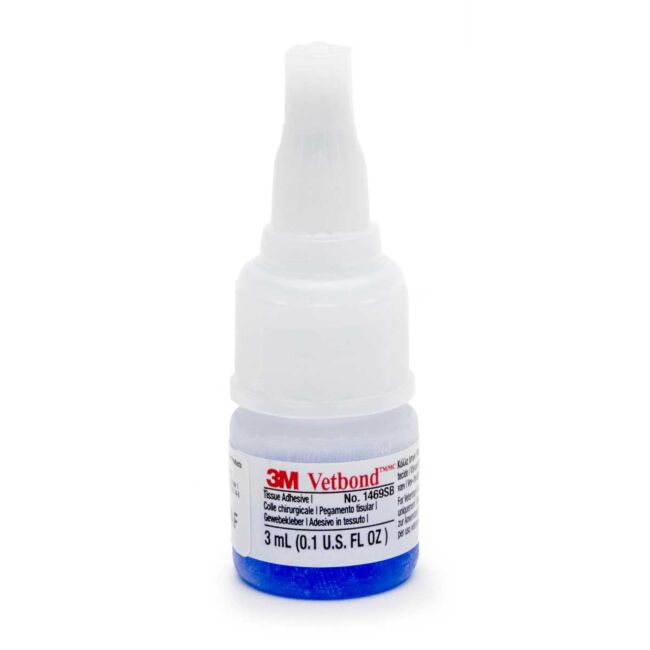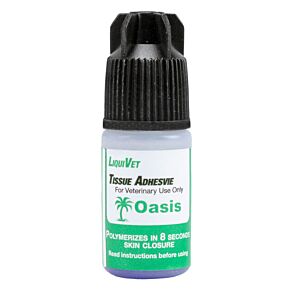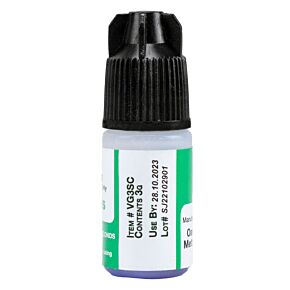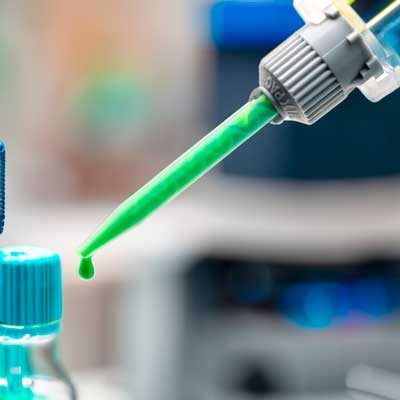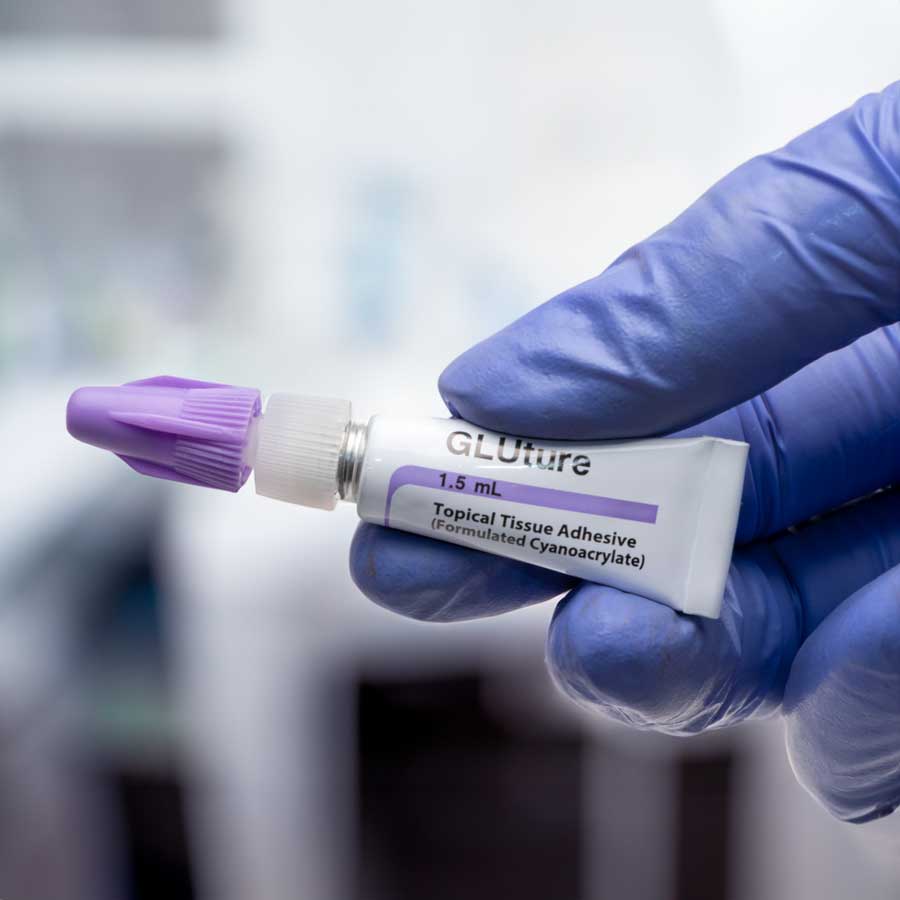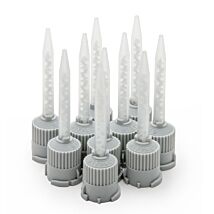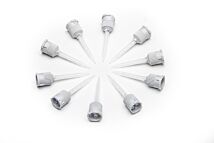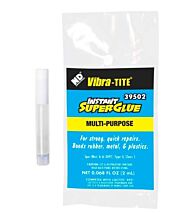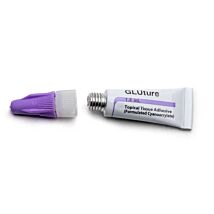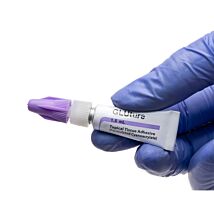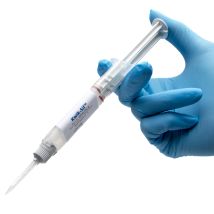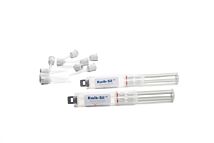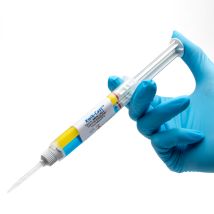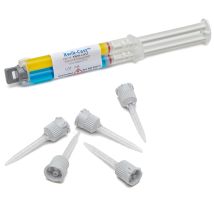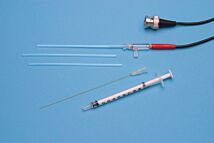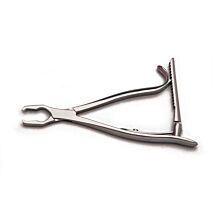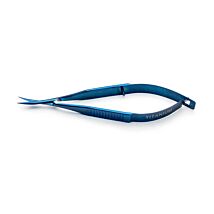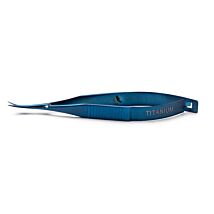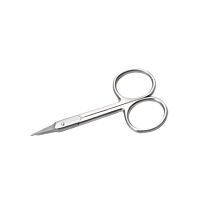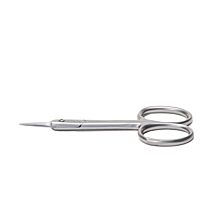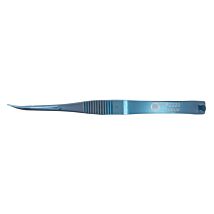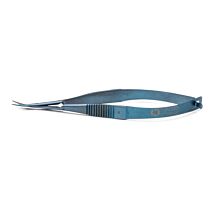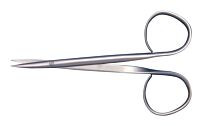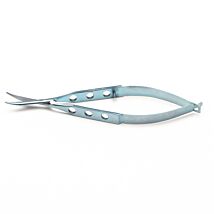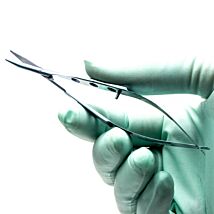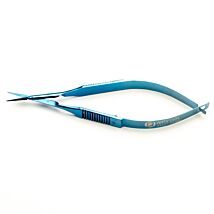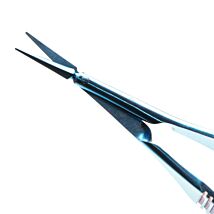This website uses cookies to ensure you get the best experience on our website.
Read more
ADHESIVE TISSUE 3M
$42.00
Prices valid in USA, Canada, and PR only.
Order code
VETBOND

Prices valid in USA, Canada, and PR only.
Biocompatible adhesive that is four times stronger than butyl cyanoacrylate and less toxic
Cyanoacrylate adhesives have been on the market since 1958. Most industrial or household grade cyanoacrylate is made of shorter alkyl chain derivatives such as methyl or ethyl cyanoacrylate (WPI #7341 and #7342).
Prices valid in USA, Canada, and PR only.
Features
- Bonds tissue
- Use in place of sutures for small animal surgery
- Blue dye for easy-to-see drop application
- Antimicrobial effect
- Use in forensic science
- Butyl Cyanoacrylate
- Low toxicity
- Cures in < 10 seconds
Vetbond is an n-butyl Cyanoacrylate adhesive that quickly and conveniently closes minor wounds. It cures in seconds after contact with tissue and body fluids and binds wound edges together so natural healing can occur.
Compared with the traditional suture, vetbond adhesive has several advantages.
- Close incisions in one-tenth of the time
- Bonding strength is equal to 5-0 monofilament sutures
- Antimicrobial effect that can decrease infection rates in contaminated wounds
- Bonding sloughs off naturally in 5 to 7 days requiring no followup
- Cosmetic appearance of the healed incision is also better
All of the cyanoacrylate low toxicity adhesives offered by WPI are veterinary grade. They are not suitable for human application. Though very similar to the grade for human use, they are not sterile and do not have FDA approval.
| SKU | VETBOND |
|---|
Almli, Lynn M., and Walter Wilczynski. 2012. “Socially Modulated Cell Proliferation Is Independent of Gonadal Steroid Hormones in the Brain of the Adult Green Treefrog (Hyla Cinerea).” Brain, Behavior and Evolution 79(3): 170–80. http://www.karger.com/Article/FullText/335037 (October 12, 2015).
Bisson, Giacomo, and Vincent Torre. 2011. “Statistical Characterization of Social Interactions and Collective Behavior in Medicinal Leeches.” Journal of neurophysiology 106(1): 78–90. http://jn.physiology.org/content/106/1/78.abstract (October 12, 2015).
Ding, Shinghua. 2012. 814 Methods in molecular biology (Clifton, N.J.) Astrocytes. ed. Richard Milner. Totowa, NJ: Humana Press. http://www.pubmedcentral.nih.gov/articlerender.fcgi?artid=3339031&tool=pmcentrez&rendertype=abstract (October 12, 2015).
Eastman, Clifford L et al. 2011. “Antiepileptic and Antiepileptogenic Performance of Carisbamate after Head Injury in the Rat: Blind and Randomized Studies.” The Journal of pharmacology and experimental therapeutics 336(3): 779–90. http://www.pubmedcentral.nih.gov/articlerender.fcgi?artid=3061526&tool=pmcentrez&rendertype=abstract (October 12, 2015).
Egeler, Oliver, Dana Seaman, and Tony D. Williams. 2003. “INFLUENCE OF DIET ON FATTY-ACID COMPOSITION OF DEPOT FAT IN WESTERN SANDPIPERS (CALIDRIS MAURI).” The Auk 120(2): 337. http://www.researchgate.net/publication/232689430_Influence_of_diet_on_fatty-acid_composition_of_depot_fat_in_Western_Sandpipers_(Calidris_mauri) (October 23, 2015).
Klein, C. et al. 2005. “Cerebellum- and Forebrain-Derived Stem Cells Possess Intrinsic Regionalcharacter.” Development 132(20): 4497–4508. http://dev.biologists.org/content/132/20/4497.abstract (October 12, 2015).
Lu, Van B et al. 2006. “Substantia Gelatinosa Neurons in Defined-Medium Organotypic Slice Culture Are Similar to Those in Acute Slices from Young Adult Rats.” Pain 121(3): 261–75. http://www.ncbi.nlm.nih.gov/pubmed/16516387 (October 23, 2015).
Parkinson, W., M. L. Dear, E. Rushton, and K. Broadie. 2013. “N-Glycosylation Requirements in Neuromuscular Synaptogenesis.” Development 140(24): 4970–81. http://www.pubmedcentral.nih.gov/articlerender.fcgi?artid=3848190&tool=pmcentrez&rendertype=abstract (October 12, 2015).


